Beauford Delaney (1901-1979) struggled with poverty, mental illness, and obscurity throughout his career as a painter. Since his death, museum retrospectives have reestablished Delaney as one of America’s most vital expressionist painters.
Delaney was born in Knoxville, Tennessee, on December 30, 1901. His father, Samuel, was a Methodist minister. His mother, Delia, was a freed slave who never learned to read or write. While she worked as a domestic servant in the households of prominent white families, she taught her children not to be ashamed of their #black ancestry and pushed them to become educated. Delaney was the eighth of 10 children, many of whom died in infancy. Throughout his life, he maintained a strong and often fiery relationship with his younger brother, Joseph, who also became an artist.
The two brothers demonstrated impressive artistic abilities from a young age. Together, they spent many hours making clay figures and copying pictures from their father’s Bible. While still a teenager, Delaney got a job painting signs at the Post Sign Company in Knoxville. His work quickly came to the attention of Lloyd Branson, a prominent local artist. Branson, a white man in his late 60s, had achieved some fame as a commercial artist and supported himself in his retirement painting portraits. He took Delaney on as his porter in exchange for painting and portraiture lessons.
In 1924, with the help of Branson, Delaney left the south to continue his art education in Boston. Although he never enrolled as a full-time student, Delaney studied throughout the 1920s at the Massachusetts Normal School and the South Boston School of Art. His charm and easy wit ingratiated him with a circle of prominent #African American activists in the city. Among Delaney’s acquaintances during this period were writer James Weldon Johnson, and William Monroe Trotter, founder of the National Equal Rights League.
By the end of the 1920s, Delaney resolved that to fulfill his artistic aspirations, he needed to move to New York City. When he arrived in 1929, the Harlem Renaissance was in full swing. Delaney soon became a recognized painter, notorious for his unorthodox portraits of prominent black artists such as Duke Ellington and Louis Armstrong. Several of these portraits were exhibited at the Whitney Museum in 1930.







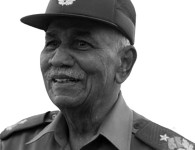
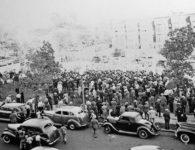
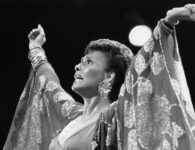
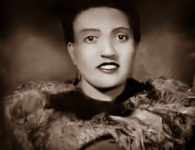
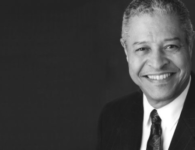

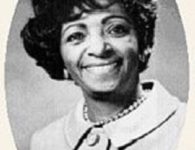
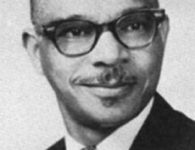

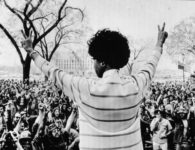
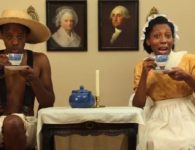
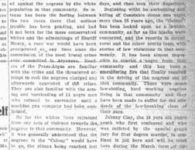


No comments